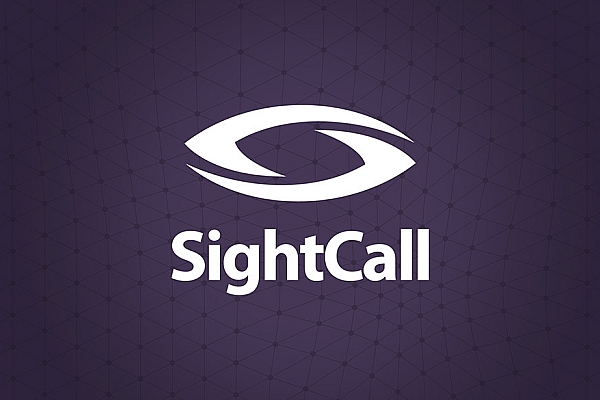Oh, how we dread the day waiting for the cable guy to show up between the hours of 8:00AM and 2:00PM. It’s bad enough that we have to put everything else aside and be on standby for a six hour period. But what’s worse is when that 30 minute service call turns into an hour or an hour and a half because the cable guy gets confused, has the wrong parts or simply isn’t prepared for the job. Nobody wants to wait longer then they have to. Customer service statistics say that 82% of U.S. consumers said they stopped doing business with a company due to a poor customer service experience. Now, whether you install cable in homes or service industrial machines in factories, it’s obvious that field service technicians need to be able to solve problems and get things done faster than ever before to ensure a high level customer experience.
Currently, the smartphone or handheld is the primary communication tools for 49% of a company’s field service workforce (other devices include rugged and non-rugged laptops and tablets). This trend is only growing. It is also estimated that by 2018, 70% of mobile workers will use a tablet or some sort of hybrid device that has tablet-like characteristics. What does this mean for field service? The simple answer is that field service management software demand will explode. The unclear answer is how field service management software companies will differentiate themselves from the market by providing unique solutions and experiences.
There are a lot of field service management software companies out there. Most them offer an easy-to-use interface/dashboard that displays scheduled work orders, parts information, account information, SLA clocks etc. Even some field service management software companies have social forums and communities embedded into the interface. These social solutions allow field service technicians the ability to access an internal network of real time collaboration with other agents for better, faster and easier troubleshooting.
Social collaboration, according to ServiceMax which is a leading field service management software company, isn’t about being trendy or “social” at all. It ensures that an entire team is behind each technician you send to a customer site. Because of their social collaboration platform, ServiceMax reports that the average user increases first-time fix rates by 18% and decreases mean time to repair by 19%. Although social collaboration features in field service management software seem useful but, like other enterprise social platforms, are extremely difficult to adopt internally and get workers to actively participate.
But what else could be done to streamline the field service process, get the job done faster and work more efficiently to ensure a positive customer experience? One innovative way to boost productivity and overall quality during service calls is for the field service technician to be able to communicate, in context, with other experts in real-time to solve problems faster. Real-time video calling, embedded right into the field service management software, gives technicians instant access to immediate answers and resources.
But it can go way further than a simple video call. Collaboration tools integrated within the video call is the next step. Being able to take and upload a picture, or draw and annotate right on the screen during the video call can provide clarity to the underlying discussion which, in turn, solves problem faster and reduces the overall service call time. Recording can also be a very valuable asset to the company. Being able to record and store videos for future reference can be used for training purposes which indirectly results in reduced service time the next go around.
Below is a video that helps visually show you the power behind video calling collaboration features within field service management software applications.
When it comes to field service, customers have two goals for the technician. First, get the job done right and second, get the job done quickly. Statistics say that 81% of companies with strong capabilities and competencies for delivering customer experience excellence are outperforming their competitors. Adding video calling collaboration tools to field service management software achieves both of these goals.



